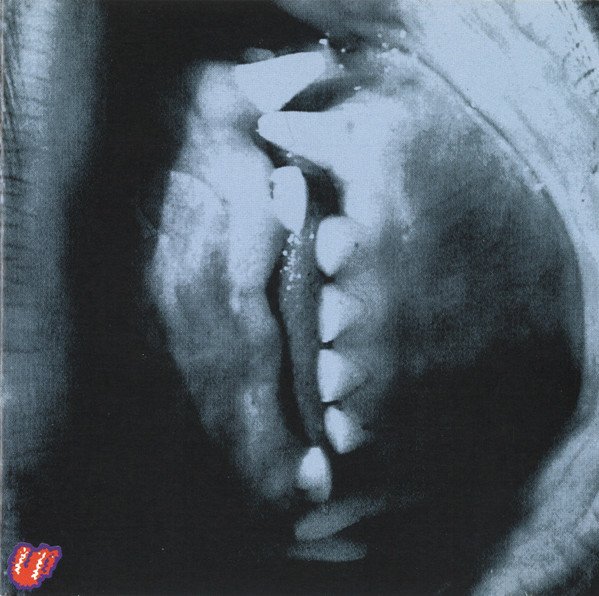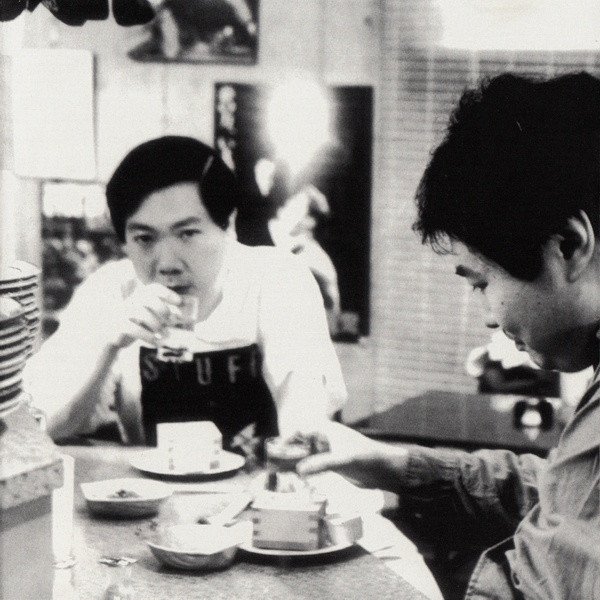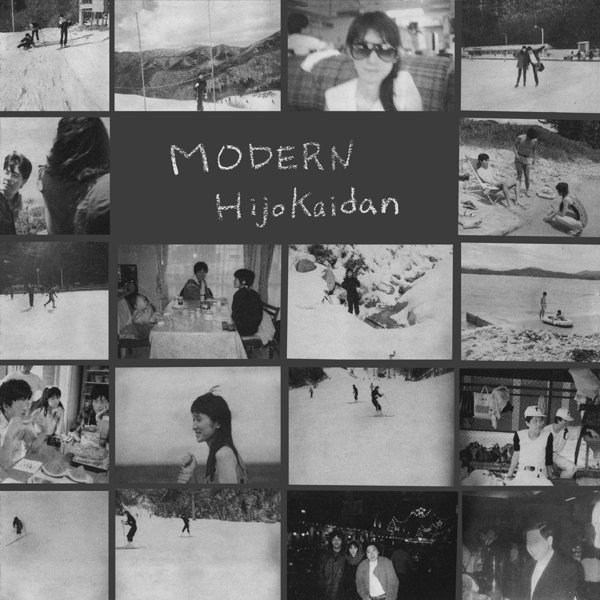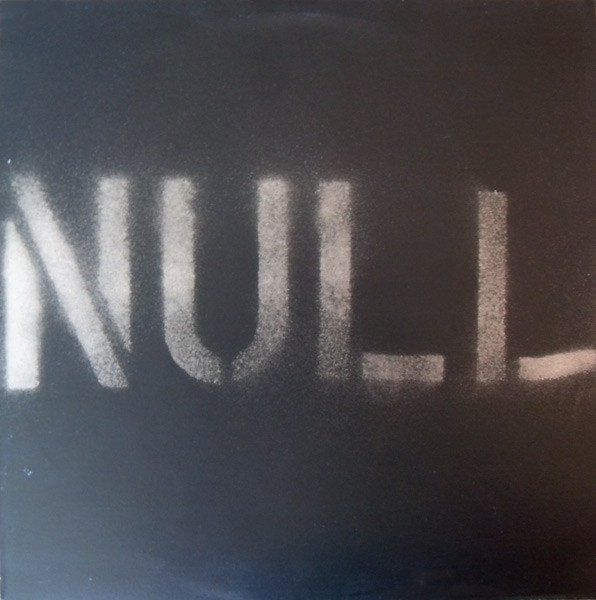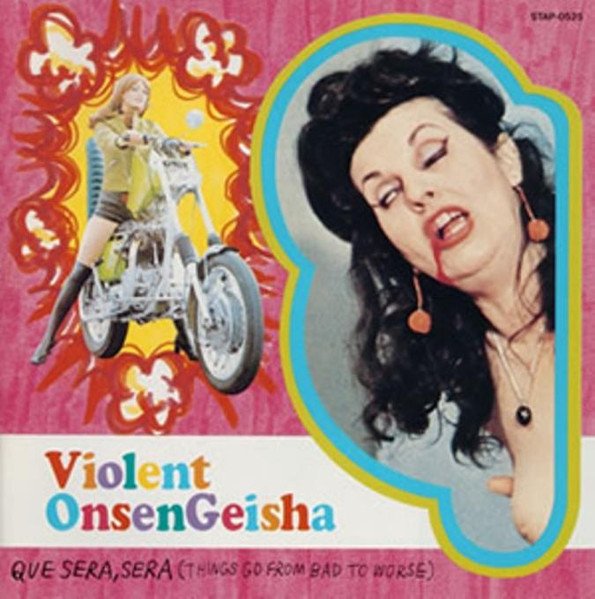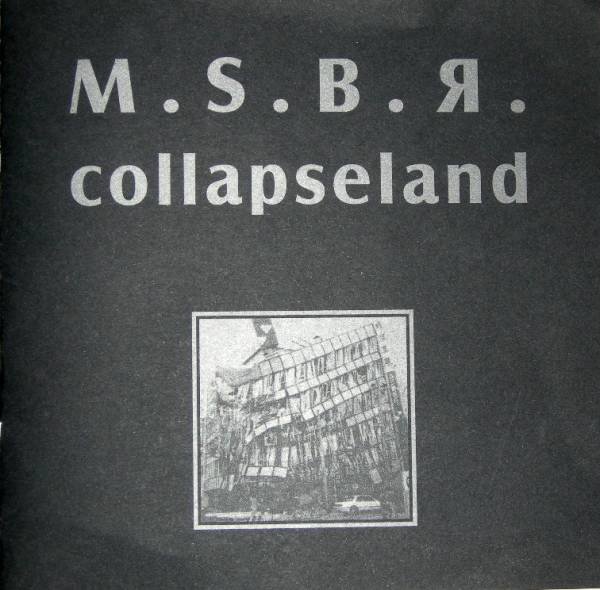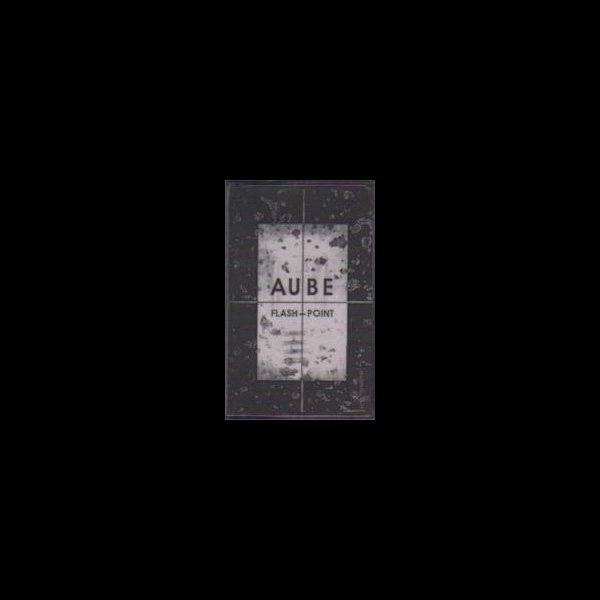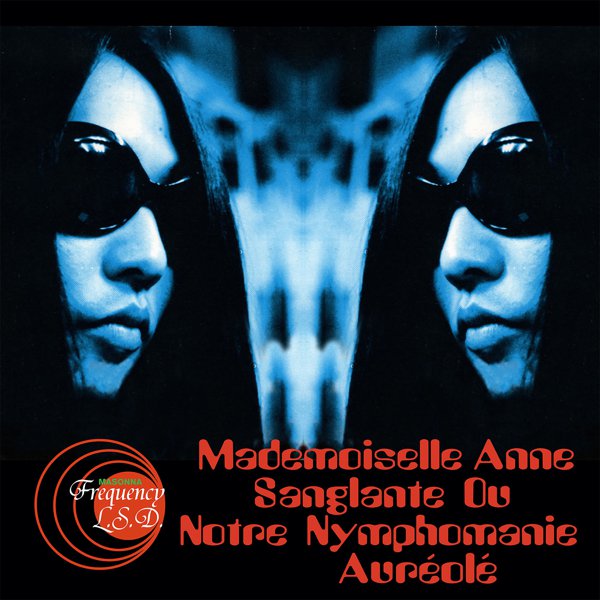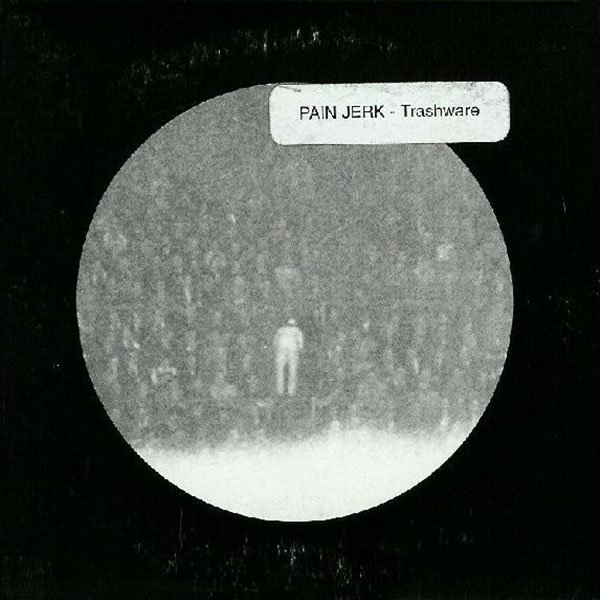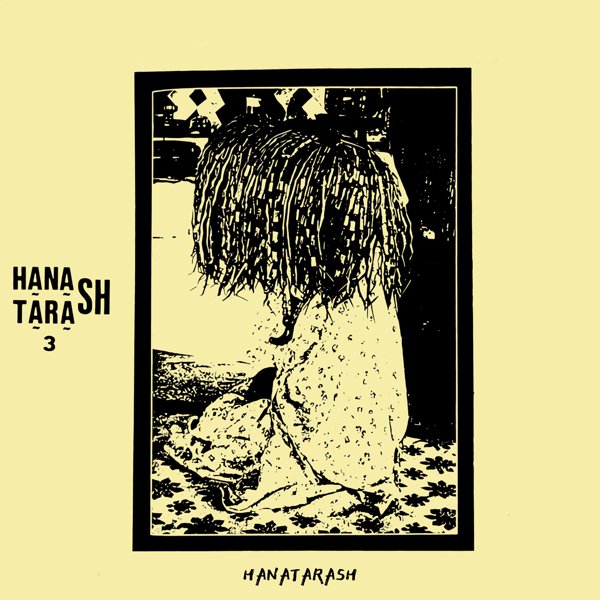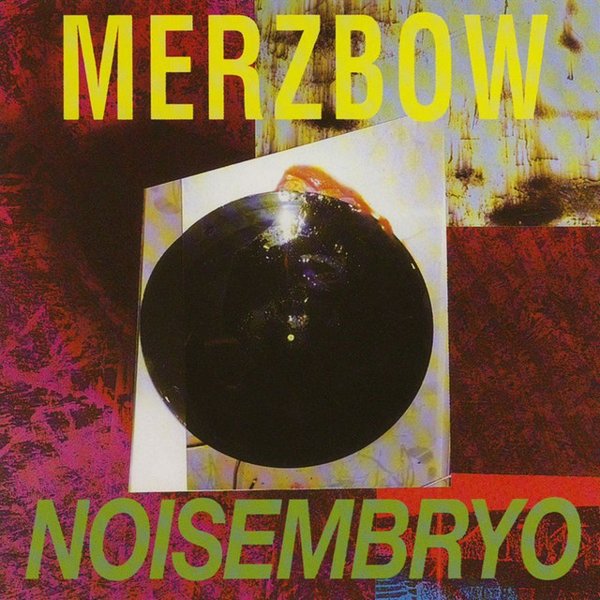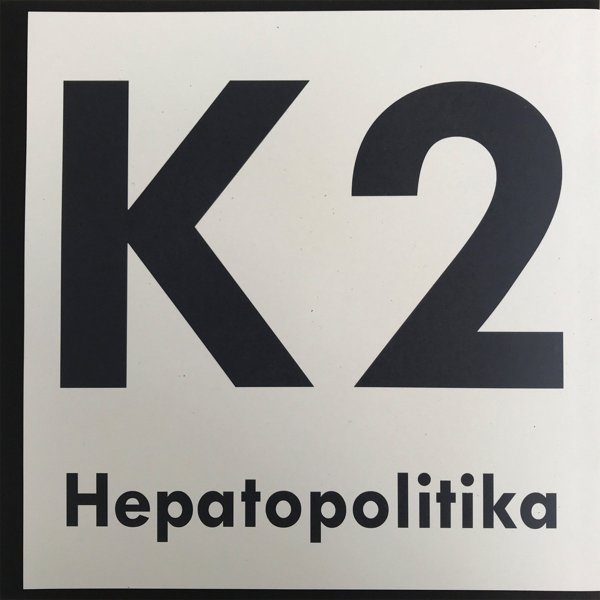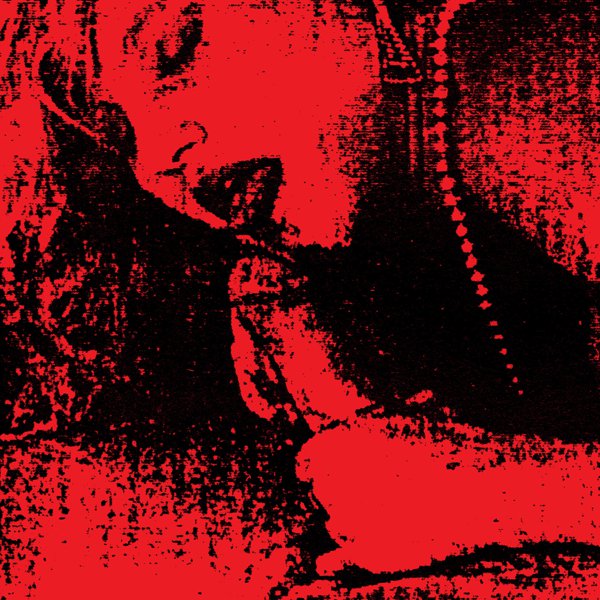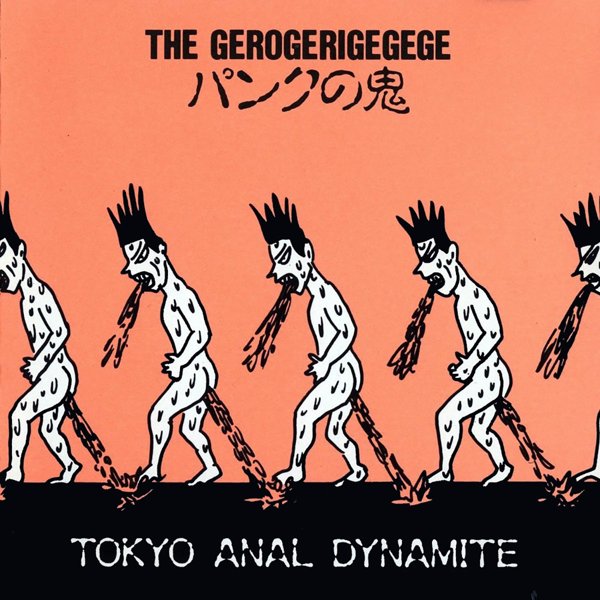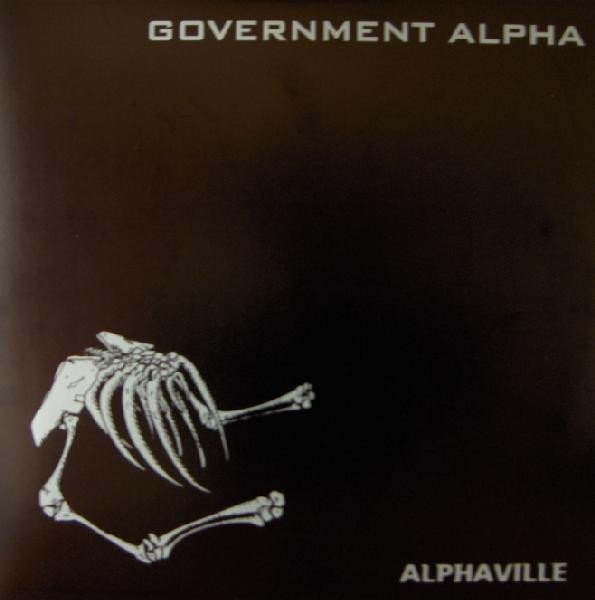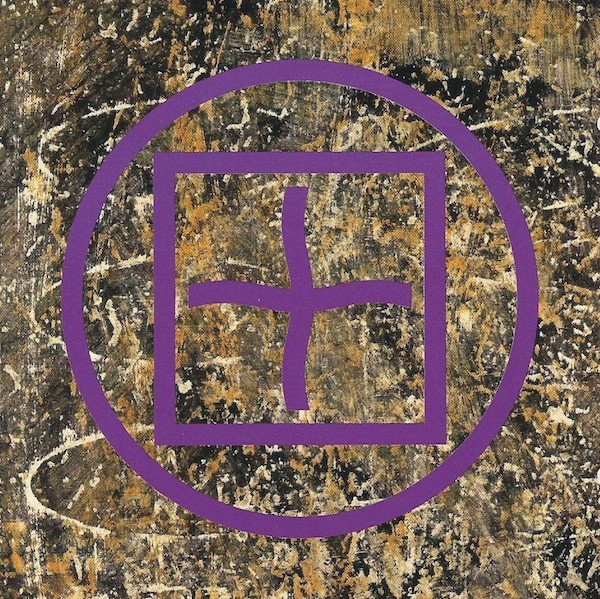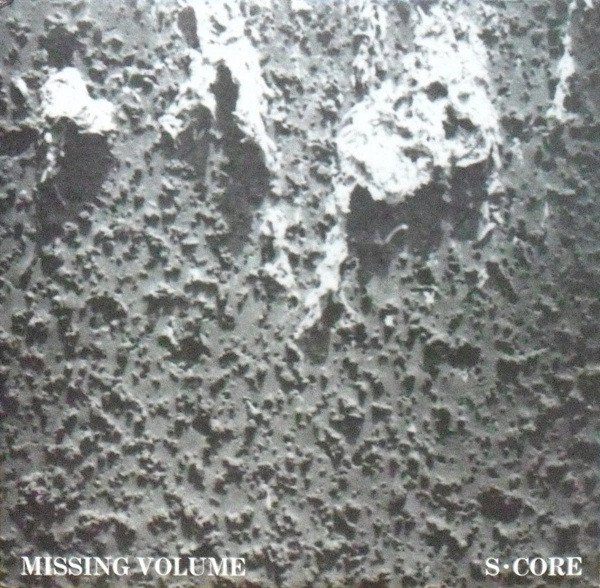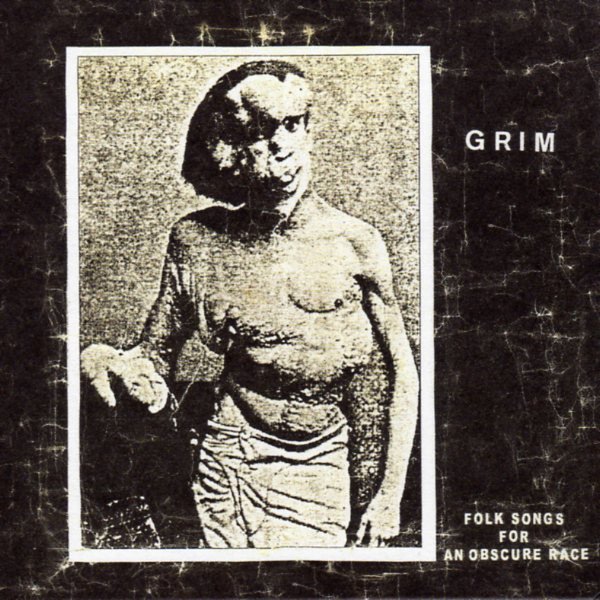Though it’s a genre (of sorts) that’s over four decades deep, full of variety, and tirelessly documented, catalogued, indexed and theorised about, Japanese noise still suffers from caricature. Some of this is doubtless to do with a Western Orientalism that often won’t engage with culture from Japan unless it’s refracted through an exoticising lens. Both Japanese noise, and indeed noise as a transnational phenomenon, still seem, somehow, fundamentally misunderstood, read by some as a homogenous block, as extremity for extremity’s sake, as an aesthetic indulgence, or simply as bad art. But Japanese noise, as evidenced by the twenty recordings selected here, and in direct criticism of accusations of homogeneity and extremism, is full of complexity, sensuousness, richness, and vitality. It draws inspiration from multiple, often surprising influences, and it maintains a continuously compelling balancing act between rigorous conception and improvisatory abandon.
While there are several rich histories of Japanese experimentation with music and sound, there are also pretty clear, core starting points for Japanese noise, among them the formation of Jojo Hiroshige’s long-running Hijokaidan (Emergency Staircase), and the beginnings of Masami Akita’s Merzbow project – perhaps the standard bearer for, or at the very least, the most widely visible of Japanese noise acts – both of which started in 1979. Hijokaidan and Merzbow drew from a wide array of influences, key amongst them Krautrock, the heavier end of rock and prog, and free jazz, while Hijokaidan were also informed by what was going on immediately around them, in the Kansai punk / No Wave scene.
Both Hiroshige and Akita have celebrated the moment where rock music reached a level of intensity that transcended ‘song.’ A regularly quoted line from Akita has him wanting to extend the “guitar smashing parts” of rock and prog, while Hiroshige once told writer and academic Alan Cummings that he wanted to form a band that stretched the moments where live rock performance “would pass beyond melodies and phrases into this intense, noisy sound” into an eternity. “I thought that would be the ultimate form of rock.” The result was a magnification of rock’s capacity for maximum sensory overload, focusing in on the split seconds where you’re lost to sound’s ability to psycho-actively erase time.
Through the eighties, Japanese noise gathered steam as key operatives like Merzbow and Hijokaidan self-released their music and tapped into a nascent experimental / industrial music scene worldwide, trading their work – often, and particularly for Merzbow, on cassette, a format which allowed for cheap and small-run reproduction, giving artists the chance to produce and distribute their material quickly, a responsiveness ideal for noise’s creative intensity. Yamatsuka Eye formed his noise outfit, Hanatarash, in 1983 (he would later go on to helm Boredoms for several decades); Kazuyuki Kishino (aka KK Null) made his start in the early eighties; and by the end of that decade, there was a significant number of noise artists in Japan, such as Masonna, Incapacitants, and Violent Onsen Geisha.
The nineties were perhaps the most significant decade for the ‘first wave’ of Japanese noise, though: most of the recordings in this list date from that decade. It’s a significant decade for several reasons, among which is noise’s increased international visibility – Japanese noise was championed by figures such as Thurston Moore of Sonic Youth and John Zorn. This increase in cultural exchange meant that more was known about Japanese noise and its history, and this access to information, though doubtless riven by misunderstandings, painted a picture of a loosely connected web of artists with unique stories and interests. Incapacitants are bankers and government officials by day, noise artists by night; Merzbow’s Masami Akita was a researcher into fetish and erotic arts, though he is now an animal rights activist; Hijokaidan’s early gigs involved physically demanding performance art; Masonna’s live sets were short, sharp, intensely physical shocks of squealing, hyper-thrilling noise.
As for the releases themselves, well, deep listening reveals an incredible richness of experience and vividness of detail. Japanese noise seems to have an endless capacity for rejuvenation and reformation; some artists work in long-form, with deep explorations of the potential of a single idea or approach, while others favour cut-ups, rapid-fire montage, and mind-wrecking juxtaposition as their modus operandi. The latter work at a velocity that can be genuinely head-spinning, though one thing I’ve noticed, again and again, is the leisurely pace of development of much Japanese noise – there is indeed a kind of calm at the centre of these electrical storms of overloaded equipment. Noise often achieves a state of flow, where it pours out of the performer and their tools. At its best, it can be intensely sensuous, a kind of high-peak amplified ASMR.

